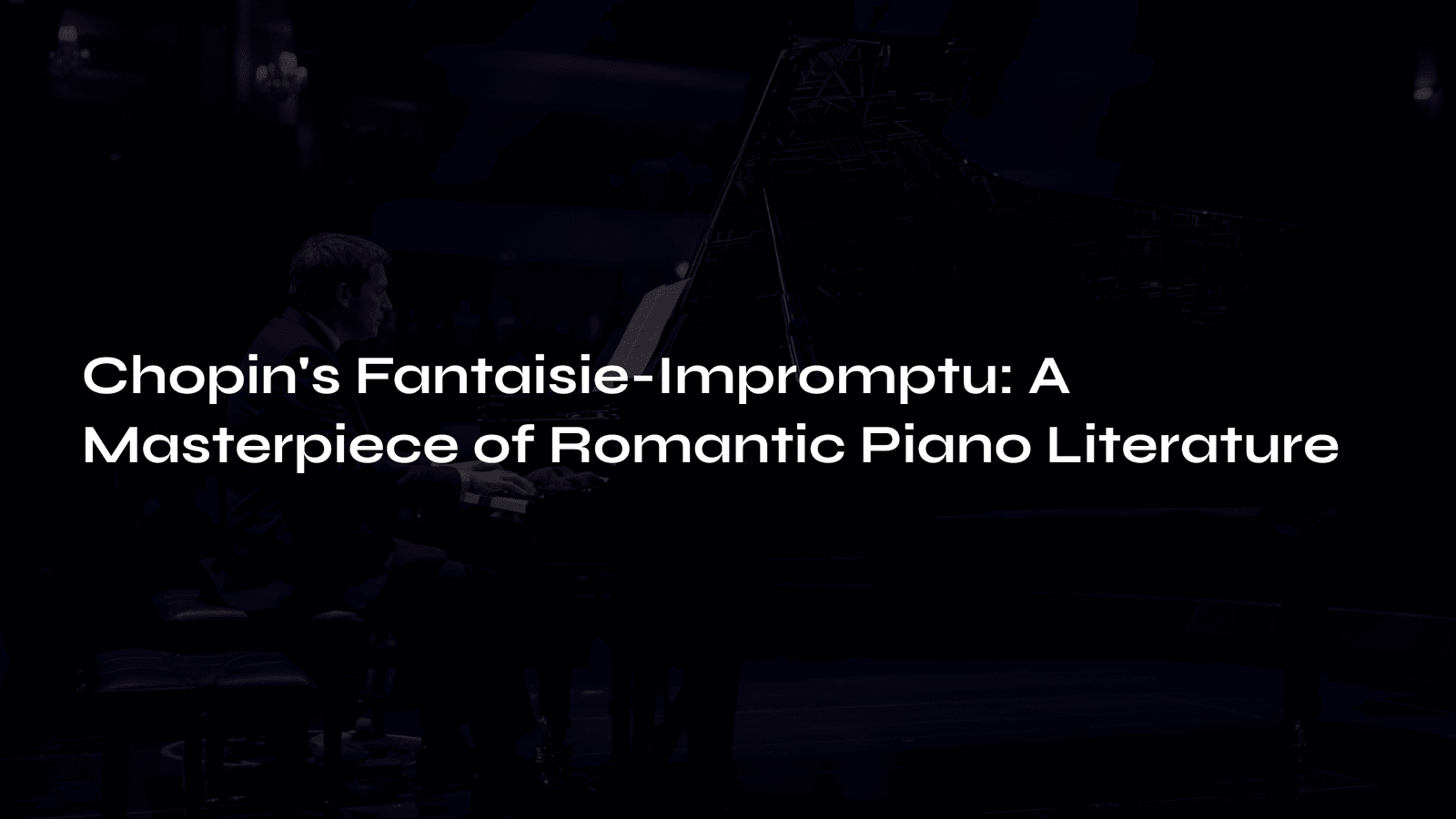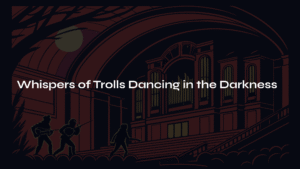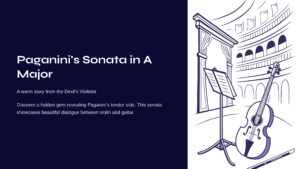Table of Contents

Encountering the Magic of Musical Genius
The first time I heard Chopin’s Fantaisie-Impromptu, I was sitting in a dimly lit concert hall, my mind wandering until the pianist’s fingers began to dance across the keys. What started as a whirlwind of rapid notes transformed into a middle section of such heartbreaking beauty that I found myself holding my breath. In just five minutes, this piece took me through a complete emotional journey—from passionate turbulence to tender reflection and back again.
This remarkable composition isn’t just another piano piece. It’s a perfect fusion of technical brilliance and emotional depth, a testament to Chopin’s genius. Today, let’s explore the fascinating story and musical elements that make this work so beloved by musicians and listeners alike.

The Composer and the Hidden Masterpiece
Frédéric Chopin (1810-1849), born in Poland but spending most of his professional life in Paris, was one of the most influential composers of the Romantic era. Known for his poetic sensibility and innovative approach to piano composition, Chopin created a body of work that revolutionized our understanding of what the piano could express.
The Fantaisie-Impromptu was composed in 1834 when Chopin was just 24 years old. During this period, Chopin was enjoying a stable and relatively prosperous life in Paris, enriched by his connection with Countess Delphina Potocka, whose musical sensitivity provided him with emotional support and inspiration.
Curiously, despite being one of his most celebrated works today, Chopin never published this piece during his lifetime. The manuscript bears the inscription “Composed for Baroness d’Este,” suggesting it may have been commissioned by a particular patron. Chopin apparently wished for his unpublished manuscripts to be destroyed after his death, but fortunately, his close friend and pupil Julian Fontana published this work in 1855, six years after Chopin’s death, preserving it for future generations.

The Mystery of Non-Publication
Why would Chopin withhold such a magnificent composition from publication? Several intriguing theories exist.
One explanation, supported by musical scholar Ernst Oster, suggests structural similarities between the Fantaisie-Impromptu and Beethoven’s “Moonlight Sonata.” Perhaps Chopin was concerned about these parallels being noticed and criticized.
Another theory points to similarities with Ignaz Moscheles’ Impromptu in E-flat major Op. 89, published in 1834. Analyses by Chopin specialists have noted distinct structural similarities between the two works.
In 1960, pianist Arthur Rubinstein offered yet another possibility. After purchasing “Baroness d’Este’s Album” at a Paris auction, he discovered Chopin’s handwritten manuscript of the Fantaisie-Impromptu with the inscription “Composed for Baroness d’Este by Frédéric Chopin.” This led Rubinstein to suggest that the piece may have been sold exclusively to the Baroness, preventing Chopin from publishing it for the general public.

Musical Structure and Analysis
The Fantaisie-Impromptu follows an A-B-A’ ternary form, a structure Chopin employed in many of his compositions.
The opening section (A) begins in C-sharp minor with the marking “Allegro agitato.” The most striking feature is the polyrhythm—the left hand plays triplets while the right hand simultaneously executes sixteenth notes. This rhythmic disparity creates a sense of urgency and fluidity that defines the piece. The melody ascends rapidly with brilliant arpeggios, establishing a passionate atmosphere.
The middle section (B) modulates to D-flat major (the enharmonic equivalent of C-sharp major) and shifts dramatically in character with the marking “Moderato cantabile.” This section contrasts sharply with the tumultuous opening, presenting a lyrical, singing melody. The left hand provides continuous arpeggios while the right hand delivers a melody of exceptional beauty—quintessentially Chopinesque in its tender expressivity.
The final section (A’) returns to C-sharp minor with the indication “Presto,” recapitulating and developing the opening material. Rather than a mere repetition, it expands with even more brilliant techniques and ornamentation, building to the piece’s climax. In its concluding moments, the right hand maintains the sixteenth-note rhythm while the left hand briefly recalls the middle section’s theme, before resolving with arpeggiated C-sharp major chords.

Technical Challenges and Performance Difficulty
The Fantaisie-Impromptu presents considerable technical challenges for performers. The most obvious is the polyrhythm pattern where the left hand plays triplets against the right hand’s sixteenth notes. This rhythmic conflict is notoriously difficult to execute but creates the distinctive tension and fluidity that characterizes the piece.
Another technical hurdle involves the rapid arpeggios and ornamental flourishes throughout the composition. Maintaining precise timing and clear articulation at high speeds requires advanced piano technique.
In the lyrical middle section, the performer must expressively voice the right-hand melody while simultaneously balancing the arpeggiated accompaniment in the left hand. This demands not just technical mastery but deep musical understanding and interpretive insight.
Currently rated at diploma level difficulty, the piece was once included in the ABRSM Grade 8 examination (first appearing in 1933, last appearing in 1965) and is now part of the Trinity College London ATCL associate diploma repertoire.

Expressive Features and Interpretation
One of the most remarkable expressive features of the Fantaisie-Impromptu is Chopin’s use of harmony and melodic dissonance. Throughout the piece, he creates tension and release through unexpected chord progressions and tonal shifts.
Chopin’s signature rubato technique allows performers the freedom to expressively manipulate tempo and rhythm. The Fantaisie-Impromptu is particularly suited to this approach, as it emphasizes the contrast between the fast, virtuosic passages and the slower, more lyrical sections.
In this piece, Chopin employs counterpoint to layer multiple melodic lines, creating complex and sophisticated textures, particularly evident in the middle section.
Chopin’s genius also shines in his ability to make subtle variations to simple harmonies, keeping the music continuously luminous. The harmonic ambiguity used in the final section adds a special beauty to the conclusion, showcasing Chopin’s unique musical language.

Cultural Impact and Legacy
The Fantaisie-Impromptu holds a special place among Chopin’s works. Though it was the first of his four impromptus to be composed, it ironically became the last to be published. Today, it stands as the most beloved of these pieces and is widely recognized as one of Chopin’s defining compositions.
The piece is respected by pianists and music lovers alike for its technical challenges, expressive depth, and sheer beauty. For professional pianists, it serves as a showcase for virtuosity, while for music enthusiasts, it offers an experience of the essence of Romantic music.
Interestingly, though officially titled “Fantaisie-Impromptu,” the name is often reversed to “Impromptu-Fantaisie” in common usage. This may be because the title “Fantaisie” was possibly added by Fontana rather than Chopin himself.
Today, the Fantaisie-Impromptu holds an important place in classical music education, serving as a source of technical goals and musical inspiration for many young pianists.

The Legacy of the Poet of the Piano
Despite not being published during the composer’s lifetime, Chopin’s Fantaisie-Impromptu has become one of the most frequently performed and beloved piano works in the modern repertoire. This composition represents the essence of Romantic piano music infused with Chopin’s genius—a masterpiece where complex polyrhythms, brilliant technique, and profound emotional expression achieve perfect harmony.
Within the structure of its passionate beginning, lyrical middle section, and brilliant conclusion, Chopin maximized the piano’s potential to express diverse emotions and colors. His genius lies not merely in creating beautiful melodies but in crafting music that touches the listener’s heart through deep contemplation and delicate expression.
Though it nearly remained unpublished, the Fantaisie-Impromptu survives as one of Chopin’s most iconic works, continuing to inspire countless people. It transcends its identity as a mere piano piece to stand as a cultural heritage of the Romantic era and an artistic achievement that elevates human emotion through music.
The next time you listen to this extraordinary composition, allow yourself to be transported by its beauty and depth. In just five minutes, you’ll experience the full emotional spectrum that makes Chopin’s music timeless.
If You Loved This, Listen to This Next
If the expressive beauty and emotional depth of Chopin’s Fantaisie-Impromptu captivated you, you might find a gentle, dreamlike contrast in Debussy’s ‘Clair de Lune.’ This iconic piano piece evokes the serene glow of moonlight, blending delicate harmonies with a sense of wistful longing. Explore the enchanting world of Debussy’s masterpiece here.



